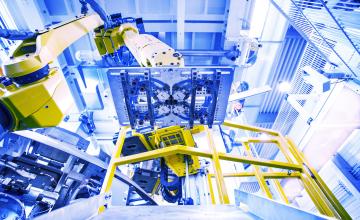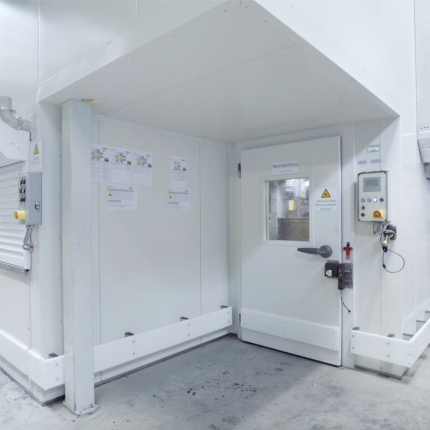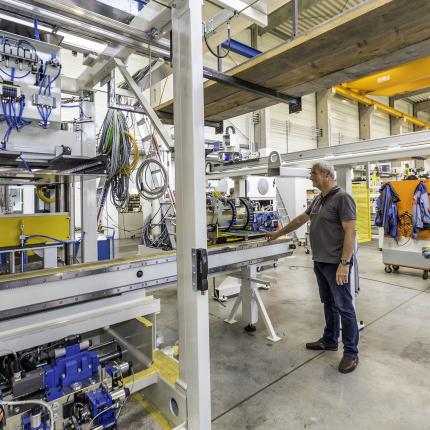Abrasives and Pressing Technology
In the production of abrasives, pressing technology is used to shape the abrasive grains and bond them into a compact and durable abrasive product.
The reasons for employing pressing technology in this process are:
- Consistent shaping: Pressing tools allow the abrasive to be formed into a precisely defined shape. This ensures consistent size, shape, and thickness of the abrasive, which is crucial for achieving a uniform grinding effect.
- High density: Through pressing technology, the abrasive grains and binder can be compacted to a high density. A high density of abrasive grains is important for optimal grinding performance. The compression brings the abrasive particles closer together, leading to a more efficient grinding process.
- Increased durability: By firmly pressing the abrasive, it becomes securely fixed to the binder. This enhances the durability and wear resistance of the abrasive product. It also prevents the grinding wheel from cracking or prematurely disintegrating during the grinding process.
- Controlled grain size: Pressing technology allows for precise control of the abrasive grain size. Depending on the application and desired grinding outcome, abrasives with different grain sizes can be produced.
- Efficient mass production: By employing pressing technology, abrasives can be efficiently mass-produced. Automated pressing machines can manufacture large quantities of abrasives in a short time.
In summary, pressing technology enables precise shaping, high density, increased durability, controlled grain size, and efficient mass production of abrasives. This allows for the production of high-quality abrasives that meet the requirements of various applications.




